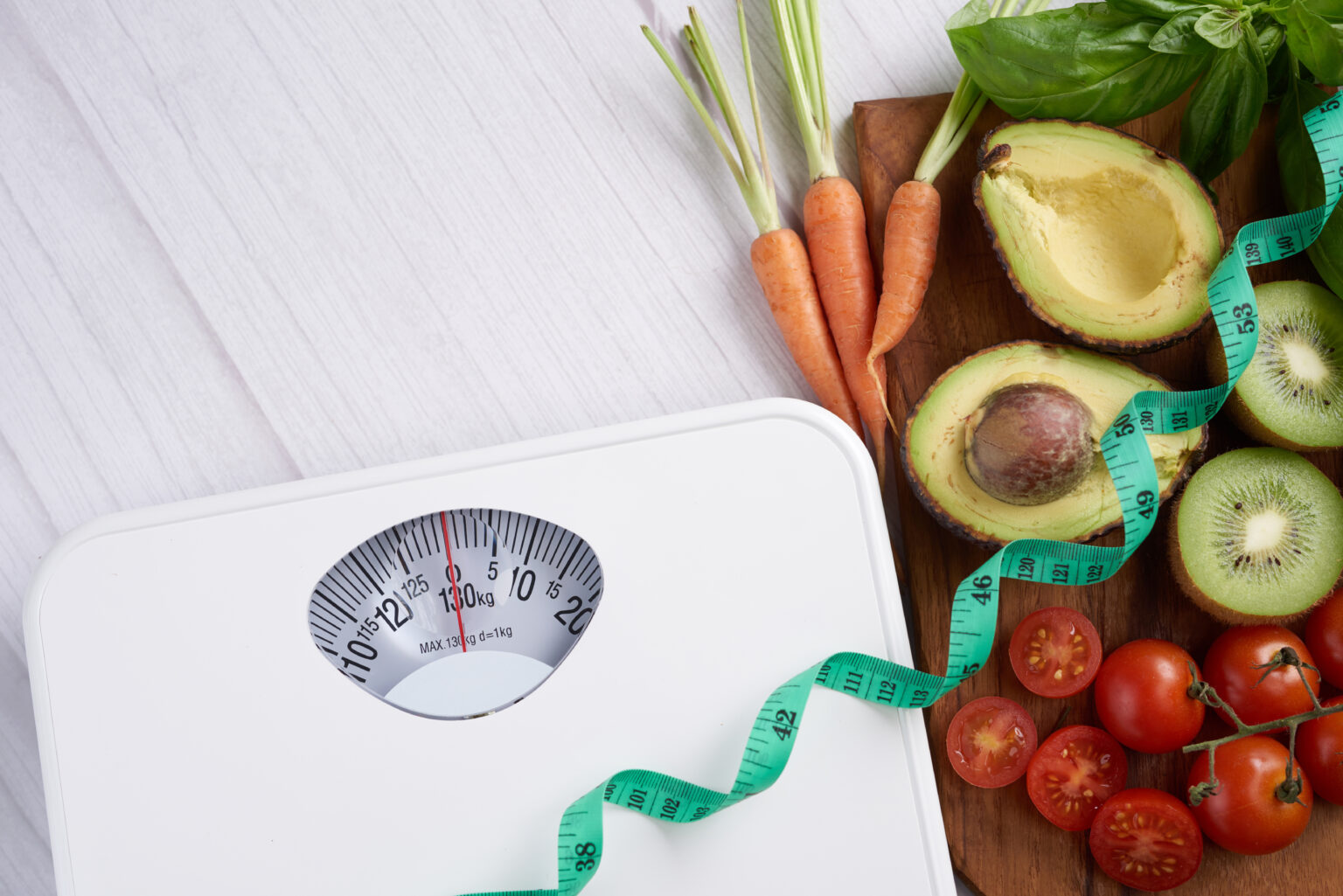In the quest for healthy weight management, a variety of diets and approaches have emerged over the years. One such strategy that has gained recognition is the Volumetrics diet, a unique approach that focuses on portion control and food volume to promote weight loss and overall well-being. Developed by nutrition researcher Dr. Barbara Rolls, the Volumetrics diet emphasises the consumption of foods that are low in energy density while providing satiety and essential nutrients. In this article, we delve into the principles of the Volumetrics diet and explore how portion control plays a pivotal role in achieving sustainable weight management.
Understanding Energy Density:
At the core of the Volumetrics diet is the concept of energy density, which refers to the number of calories present in a specific portion of food. High-energy density foods, such as fatty and sugary treats, tend to pack a significant number of calories into smaller volumes. On the other hand, low-energy density foods, such as fruits, vegetables, and whole grains, contain fewer calories per unit of volume, allowing for a greater amount of food to be consumed while maintaining a lower caloric intake.
The Principle of Portion Control:
Portion control is a fundamental principle of the Volumetrics diet. Rather than focusing solely on restricting certain foods, the diet encourages individuals to be mindful of their portion sizes and choose foods that are low in energy density. By increasing the consumption of low-energy density foods, individuals can eat satisfying portions while maintaining a calorie deficit, leading to sustainable weight loss.
Strategies for Implementing Portion Control:
- Prioritise fruits and vegetables: These nutrient-rich foods are typically low in energy density, high in fibre, and loaded with essential vitamins and minerals. Incorporating a variety of colourful produce into meals can help increase the overall volume of food without significantly increasing calorie intake.
- Swap refined grains for whole grains: Whole grains, such as quinoa, brown rice, and whole-wheat bread, are higher in fibre and offer greater satiety compared to refined grains. They provide a more substantial volume of food for the same caloric content, making them an excellent choice for portion control.
- Include lean protein sources: Protein is an essential component of a balanced diet, as it helps maintain muscle mass and keeps you feeling full. Opt for lean protein sources like skinless poultry, fish, legumes, and tofu, which provide high-quality protein without excessive calories.
- Incorporate soups and stews: Broth-based soups and stews are excellent additions to the Volumetrics diet. They are typically water-rich, which increases their volume while keeping the calorie content low. Including these dishes as starters or main courses can help curb hunger and reduce overall calorie intake.
- Be mindful of fats and sweets: While the Volumetrics diet does not restrict any food groups, it encourages individuals to consume high-fat and high-sugar foods in moderation due to their high energy density. Limiting the intake of fried foods, pastries, and sugary snacks can aid in portion control and promote a healthier balance.
Benefits of the Volumetrics Diet:
The Volumetrics diet offers several benefits beyond weight management. By emphasising whole, nutrient-dense foods and portion control, individuals can experience improved satiety, enhanced nutrient intake, and better overall health. This approach can be particularly helpful for individuals who struggle with traditional restrictive diets by providing a more sustainable and satisfying way of eating.
The Volumetrics diet provides an innovative approach to weight management through the principles of portion control and food volume. By prioritising low-energy density foods and being mindful of portion sizes, individuals can achieve sustainable weight loss while enjoying satisfying meals. As with any dietary approach, it is essential to consult with a healthcare professional or registered dietitian to tailor the diet to individual needs and goals. With the Volumetrics diet, individuals can embrace a healthy relationship with food, foster portion control, and embark on a journey towards long-term well-being.








